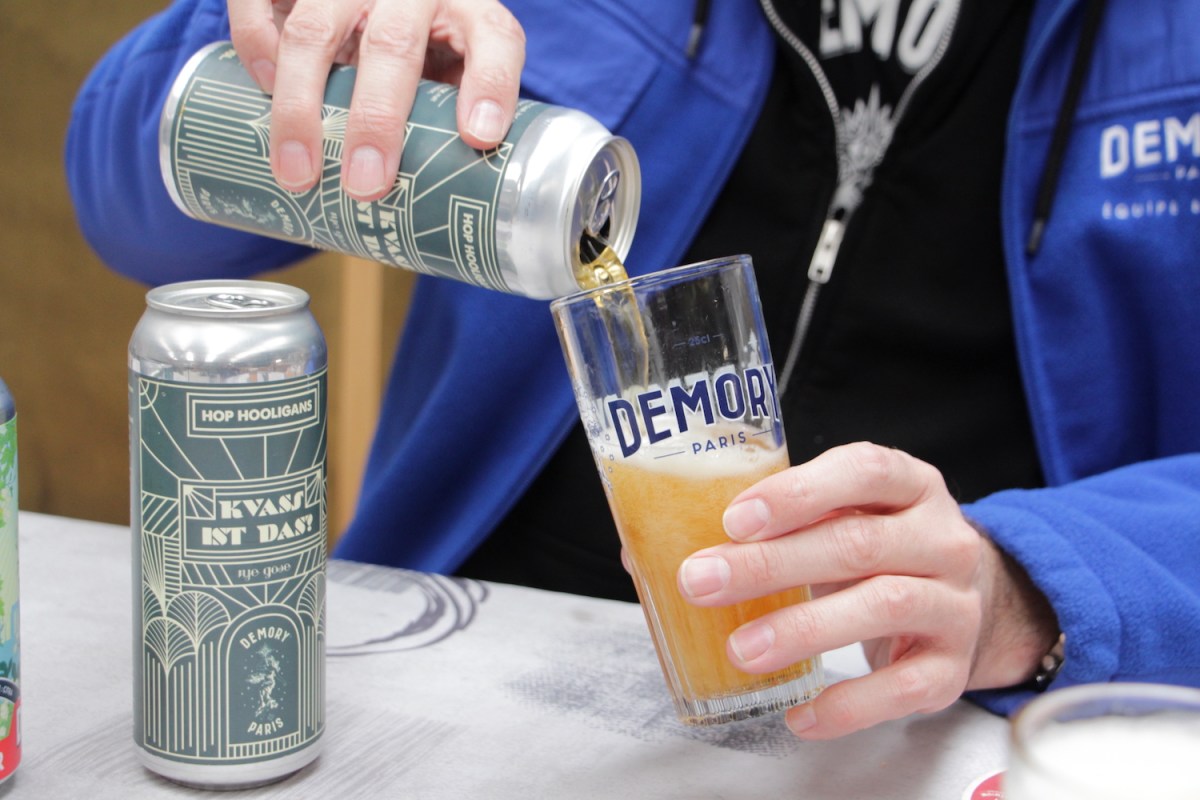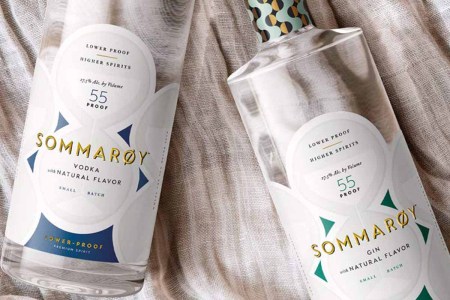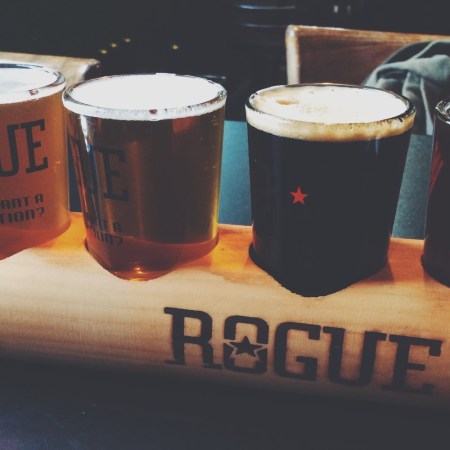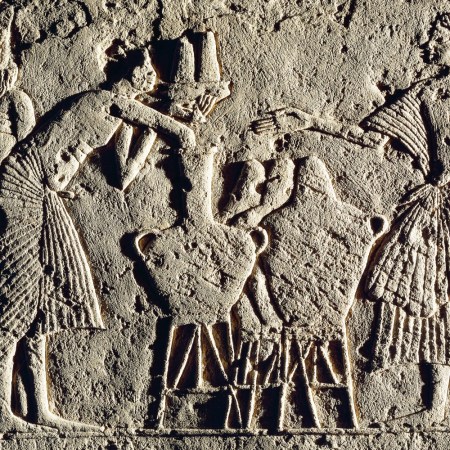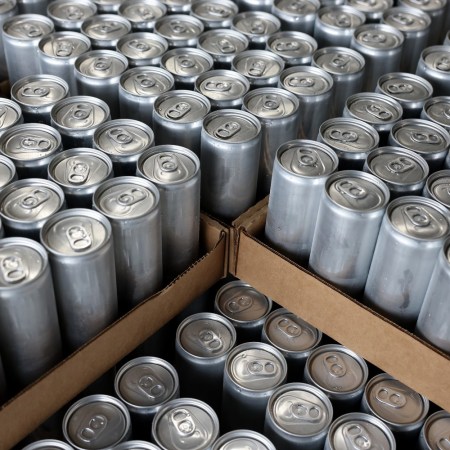First there was kombucha, then there was kefir. Now, kvass seems poised to become the next fermented beverage to tick a whole lot of boxes. Rich in probiotics and known for its tart, refreshing flavor, kvass is also ultra-sustainable, capitalizing on one of the most commonly wasted food products, bread, 100 million tons of which are chucked each year around the world.
Kvass’s roots can be found in Slavic and Baltic regions, where it has existed for more than 1,000 years. Traditionally made with stale bread, flour and sometimes beets, lacto-fermented kvass is great for your gut, which is part of the reason why some have started making it at home — such as YouTuber Charlé Visser (Pants Down Aprons On), who makes his version with Borodinsky rye bread. And pros in the fermentation world are trying their hand at it, too.
“I had known about kvass for a long time,” says Todd Boera, founder of Fonta Flora Brewery in Morganton, North Carolina, who has family roots in Eastern Europe. “As Fonta Flora Brewery was becoming a reality, I always knew kvass would play a role.”
But iteration diverges from tradition in more ways than one. Kvass is made by fermenting water and stale bread in open tanks, but Boera capitalizes on mixed-culture fermentation. And while the classic drink is technically classified as non-alcoholic with an ABV hovering somewhere in the vicinity of .5 to 1%, Boera’s nearly doubles that at around 2.8%. “The original intention was to always bring awareness to the history and tradition of kvass while still presenting it as a low-alcohol beer,” he says.
His brewery has made more than a dozen versions of kvass over the years, each of which showcases a different bread product and is named after a collaborating bakery. Underground is a mixed-culture kvass beer brewed with smoked malt, pretzels and sea salt. Shopping Spree is a collaboration with Sandor Katz brewed with rye bread, beets, mint, caraway and lemon. Chicken Bridge, meanwhile, is a mixed-culture kvass beer brewed with danish rye bread, raisins, dates, coriander and turmeric. While each version has its own flavor characteristics, Boera says, “The general theme for all of them is they are fermented to being completely dry and have next to no leftover residual sugars.”
Review: Sommarøy and the Art of Lower-Proof Spirits
Can low-ABV gin and vodka replicate the experience of a fully-proofed expression?Boera may be the biggest kvass stan out there, but he’s not the only brewer to jump on this train. Last year, London’s The Kernel brewed a kvass in collaboration with some baker friends, and Austin’s Jester King makes kvass “from time to time,” according to co-founder Jeffrey Stuffings. In Romania, meanwhile, Hop Hooligans recently brewed a kvass-style beer as a collab with Demory Paris, seeking to craft “something interesting from our part of the world that could actually ‘blend in’ nicely in these collaborative efforts,” according to Cristian Mihai Dinu.
Their kvass is perhaps even a keener departure from true kvass than Fonta Flora’s. “We take inspiration from a rye-heavy malt bill and special lactic cultures, implementing these elements into totally new brews,” Dinu says. “You could say they’re totally different products.”
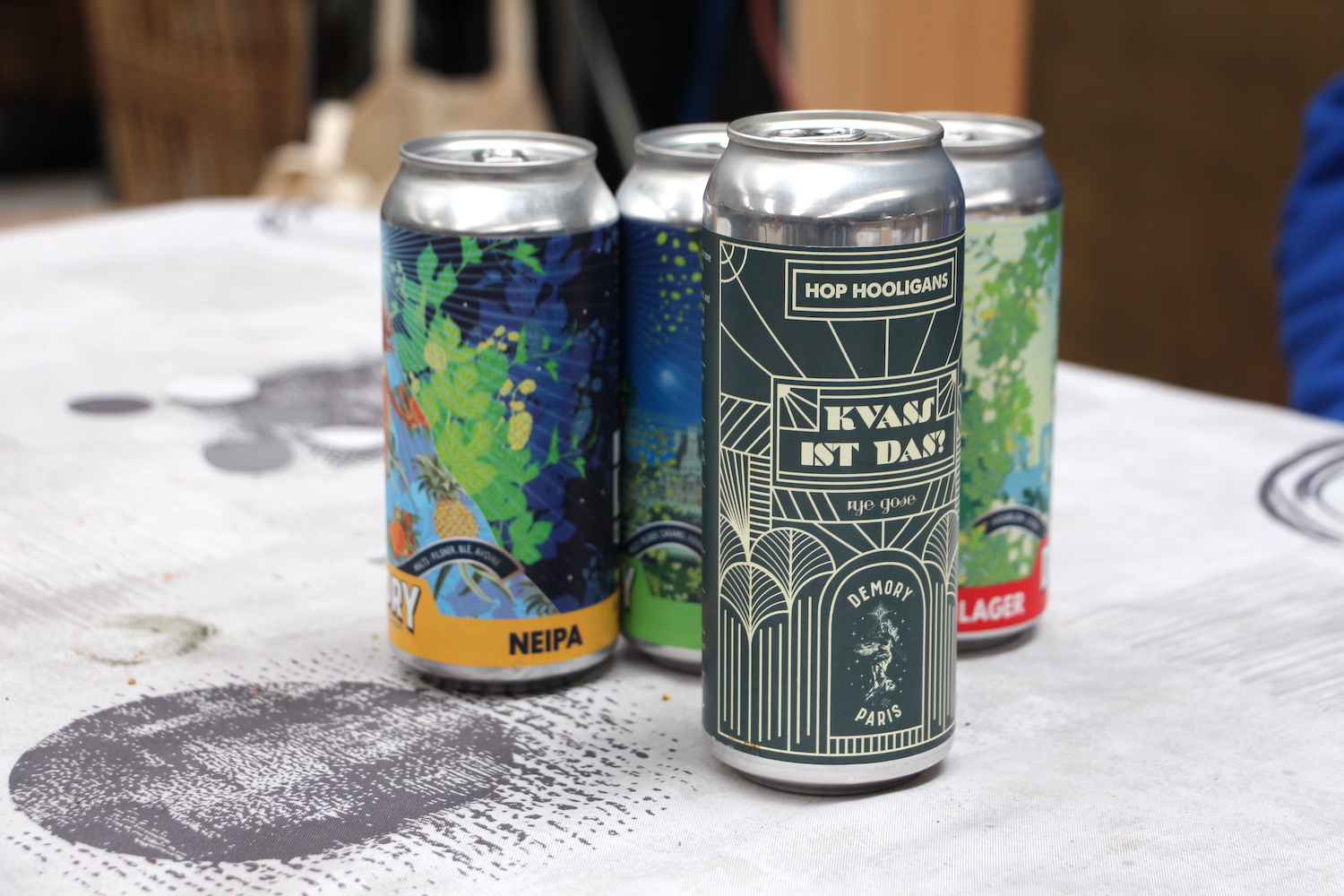
The resulting beer, explains Kai Lorch of Demory, is made with 15% two-day-old rye bread, combined with Munich and Cara malts. Lactobacillus is added to bring out the natural sour flavors of the rye, and the brew gets an added floral flair thanks to the addition of peppercorns macerated in clear alcohol.
“It has this bready feeling to it,” says Lorch of the beer they dubbed Kvass Ist Das?, evoking his German heritage. “It really is a very interesting beer.”
But is it really a kvass? Lorch isn’t sure, noting it has more similarities to a rye gose than a true kvass, especially given its whopping 5% ABV. “I really like it, but it’s strange,” Lorch says. “You have to explain it to people. You can’t just put it in the bar. People wouldn’t understand it.”
Straddling the two categories in this way is indeed a tough sell, according to Boera. “I think it is ultimately confusing to people,” he says. “For ‘normal’ beer drinkers, the super low ABV is unappealing, and for folks who are living alcohol free or on health food trends, it’s almost too much alcohol. Or that fact that it is also a ‘beer’ is off-putting.”
But now may be the perfect time for true kvass to get its due. The market for low-alcohol drinks has been on the rise around the world in recent years, with an expected CAGR of 9% for the low-alcohol category by 2026, according to the IWSR, the leading data analyst in the beverage alcohol market. And fermented non-alcoholic beverages are likely to represent a considerable portion of this market, according to Global Market Insights, seeing as they do double duty, delivering on a desire for both low-alc options and functional foods like probiotic-rich kvass.
“Alternative methods of fermentation are always on the rise, and that just makes things more interesting,” Dinu says.
It should come as no surprise that Boera is even considering making a super low-alc kvass at around 1%, bringing tradition full circle. “We shall see,” he says.
Every Thursday, our resident experts see to it that you’re up to date on the latest from the world of drinks. Trend reports, bottle reviews, cocktail recipes and more. Sign up for THE SPILL now.
